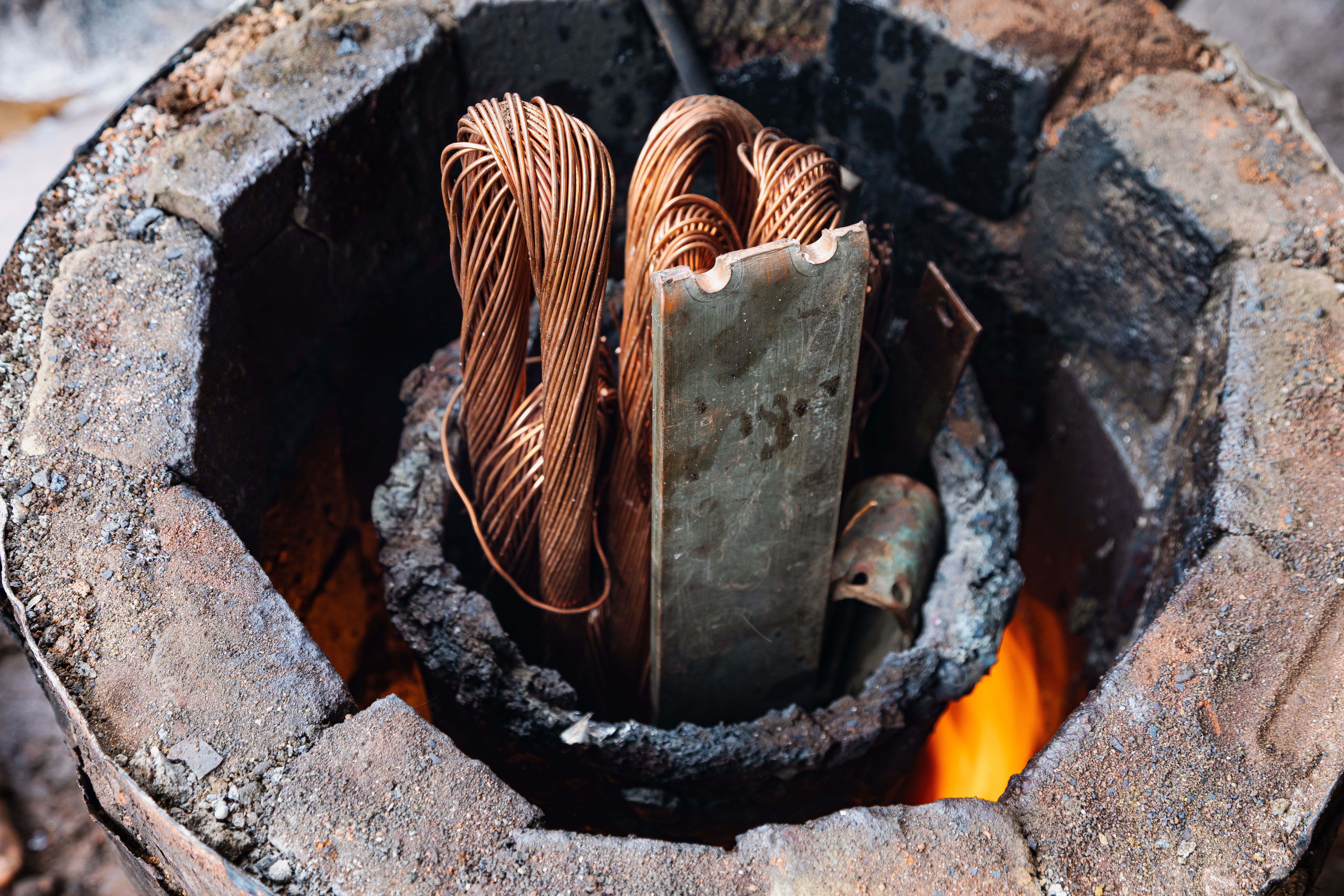Oríkì (Act III): Whispers of a Trail
Oriki is a design series by Nifemi Marcus-Bello that looks to investigate material evolution, production techniques and identify in the hopes to create objects, forms and experiences dictated and driven by the findings. The output of the series will be showcased through various themes, called ACTS.
Marta LA
3021 Rowena Avenue
Los Angeles, California
90039 – 2004
Nifemi Marcus-Bello
Oríkì (Act III):Whispers of a Trail
February 21 – April 05 2025
Images by Erik Benjamins
Images by Jide Ayeni
Important conversation with Ali Mosrrison of Wallpaper* Magazine -'The more I create, the more questions I have': Nifemi Marcus-Bello on craft and creativity

The final act in the Oríkì series, following Friction Ridge and Tales by Moonlight (both 2023), represents the culmination of my ongoing exploration into materiality evolution, labor, and the intricate networks that shape our access to resources. This collection / exhibition focuses on my interest in the politics of extraction, refinement, procurement, and manipulation of a single elemental material, copper.
My connection to copper is both personal and geographical. Having spent formative years in Lusaka, Zambia’s capital, I am intimately familiar with the copperbelt, a region spanning northern Zambia and southeastern Democratic Republic of Congo, where the metal is mined alongside cobalt, another valuable resource essential to lithium-ion batteries. Yet, despite copper’s abundance in Africa, it remains largely inaccessible. Extracted and exported for processing, only to be re-imported at a premium, its movement reflects the contradictions of global trade, where the continent’s resources are depleted while local economies struggle to benefit from their own wealth. This realization shifted my focus to Lagos’ second-hand metal market, where copper is reduced to scrap, sold by the kilogram, and rarely acknowledged for its intrinsic potential. Here, amidst the ebb and flow of transactions, I found the whispers of material promise that shaped this body of work.
Working alongside a network of community members, craftsmen, and tradespeople, I sourced copper and transformed it into four editions, tabling, seating, and lighting; each piece existing independently yet interconnected in function.
At the heart of this collection is Daybed (2025), a work born from collective ingenuity. The supports, cast from a single mold, were realized in collaboration with the same casters who helped bring Act II of the Oríkì series to life. This multifaceted piece extends a lustrous surface from the seat of a chair, its form unified by a shared backrest from which a single candle holder rises, a beacon and a triangulation of use. Whether seated or reclining, the span of Headrest (2025) curves generously, drawing inspiration from the historic typologies of the Sotho and Shona peoples. This marks my first direct engagement with the design lineage of stools and headrests, objects whose presence is deeply woven into the cultural fabric of the continent.
Nearby, Low Table (2025) gleams against the poured concrete floor, its off-center surface catching light like a newly minted penny on the street, a momentary glimmer of value in an often-overlooked material. In Charcoal Lamp (2025), I juxtapose slender copper constructions with reclaimed American pine, the wood blackened to evoke ebony, a material once abundant in Africa but now rare and highly regulated. Like copper, it tells a story of extraction and loss.
Each of these works extends beyond mere function. They are metaphysical objects, reflective surfaces that speak to our deepest desires and dependencies. Through them, I seek to illuminate not just the material itself, but the histories, economies, and human hands that shape its journey.











